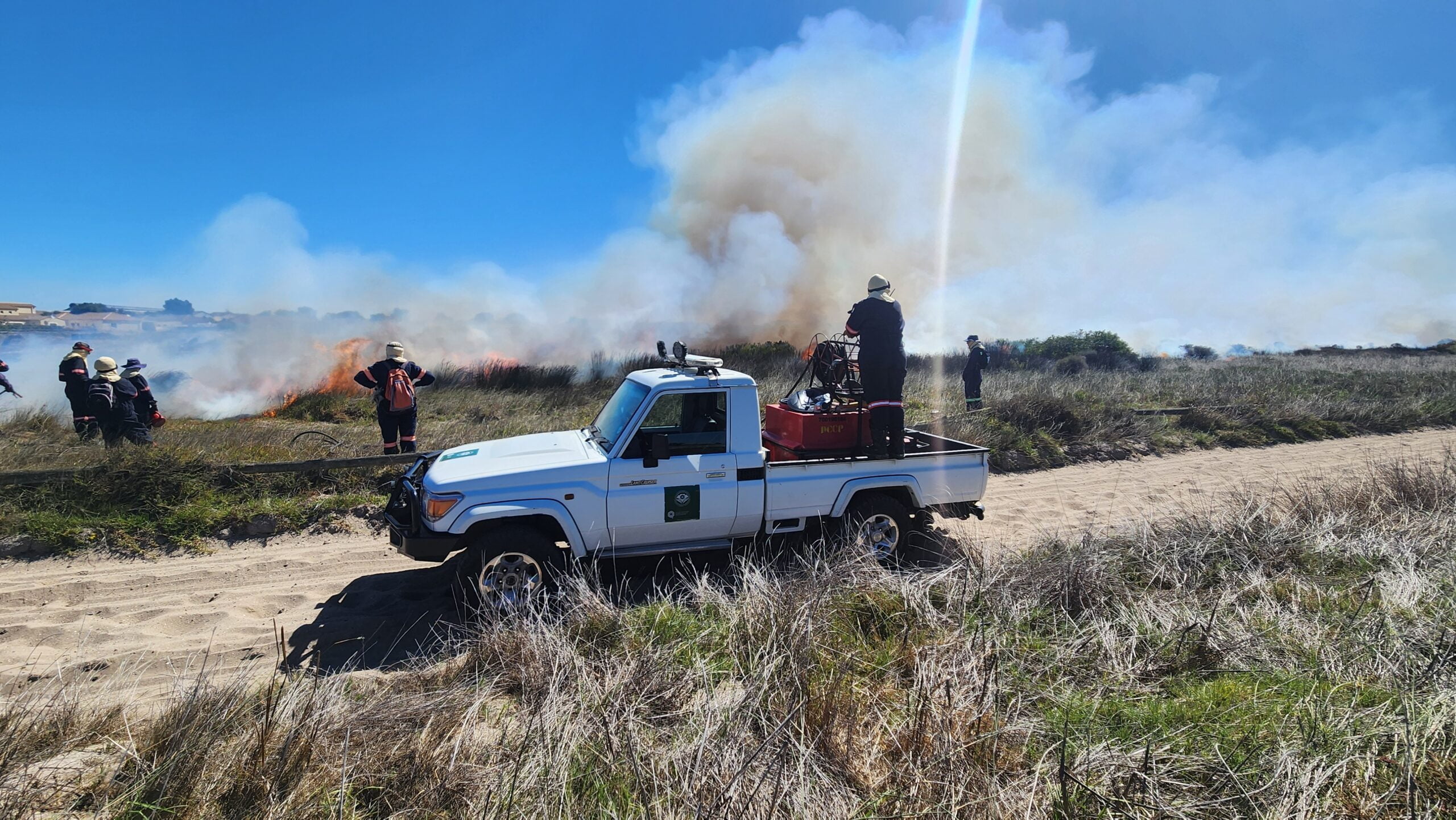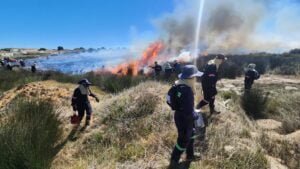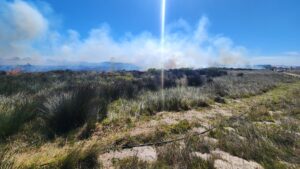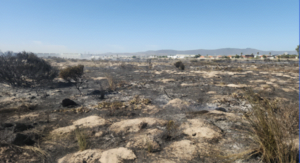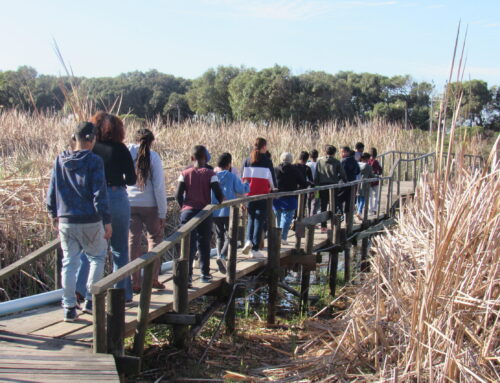By: Lwandile Tyeba
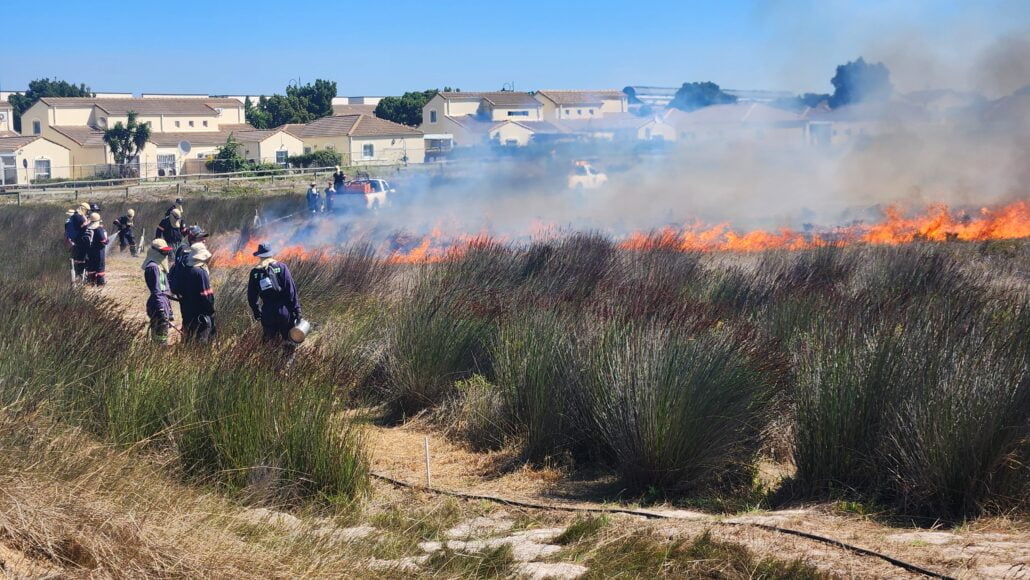
The southern section of the burn plot being burnt.
Importance of fire in fynbos vegetation
Fire plays a crucial role in the ecological balance of fynbos ecosystems, occurring approximately every 10-15 years. Managing fynbos vegetation effectively means understanding and controlling fire, including its frequency, timing, and intensity. The right fire regime supports the regeneration of fire-adapted plants while reducing the need to remove old vegetation. However, too frequent fires can favour resprouting species over those that rely on seeding, ultimately reducing plant diversity in the biome.
Importance of ecological burns
Ecological burns are controlled fires used to keep vegetation healthy. They imitate the natural fire cycles that different types of vegetation are accustomed to. In the 1970s, ecological burns were introduced for fynbos, initially done in spring. However, it was found that burning during this time could harm the vegetation. Later, it was decided that burning in late summer to early autumn was better for the ecosystem.
Milnerton Racecourse Ecological Burn
The Milnerton Racecourse Conservation Area conducted an ecological burn on the 3rd of April 2024, aiming to reduce senescent material and promote seed bank germination, thereby enhancing flora diversity and ecological functioning. The site hosts several threatened and endangered species, including Cliffortia ericifolia, Leucadendron levisanus, Crassula decumbens, and Trachyandra filiformis.
The aftermath of the Milnerton Racecourse Conservation Area fire.
Starting at 10:30, a Cape Grysbok drive was conducted to ensure the animals were moved out of the intended burn area safely. With a coordinated effort involving six skid units, two Bravo fire units, and 14 working on Fire members, ignition commenced at 11:20 using the back burn method, progressing from the northeast into the south-easterly wind for controlled and safe burning. The Incident Commander left a section unburned to serve as a corridor for animals during the ecological burn. By 14:05, the back burn was completed, with several hotspots requiring attention. The team carried out mop-up duties and monitored the area throughout the night to prevent flare-ups.
In conclusion, the interaction between fire and fynbos plants highlights the need for careful ecological management. Ecological burns play a vital role in maintaining this balance, ensuring flora health while following natural fire patterns. The recent burn at the Milnerton Racecourse Conservation Area illustrates this approach, showing careful planning to protect both plants and animals. Conservationists’ understanding of fire’s role and use of strategies like ecological burns greatly aid in preserving biodiversity in sensitive ecosystems like the fynbos biome.

